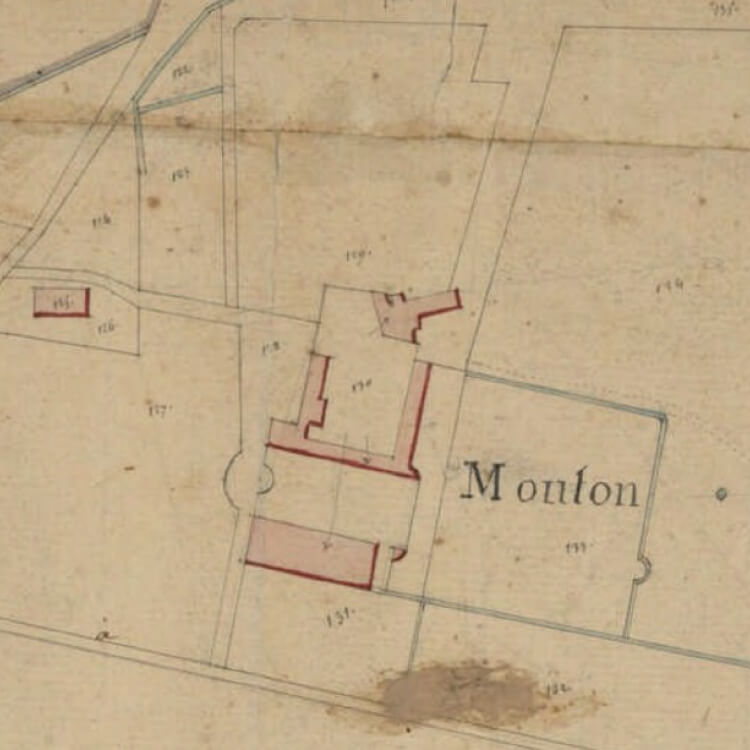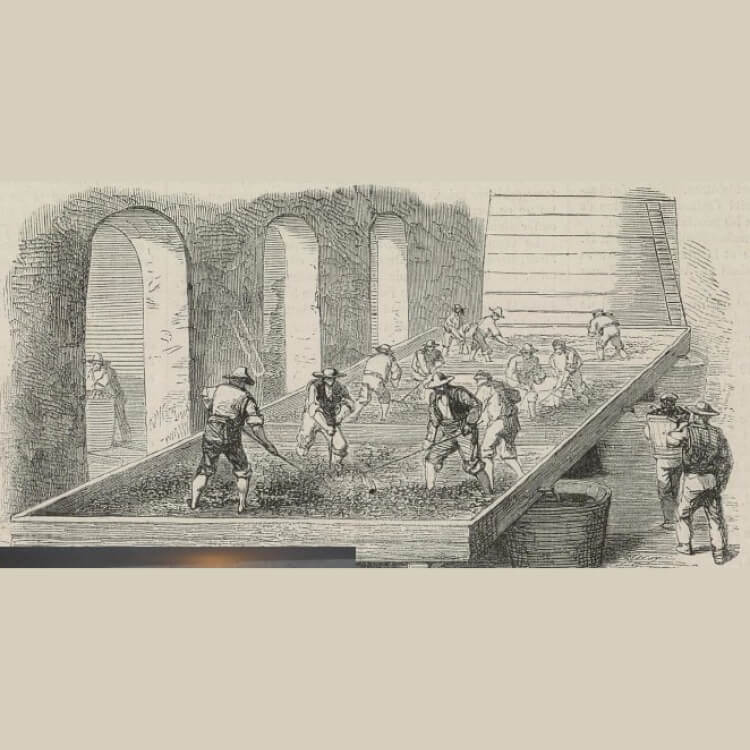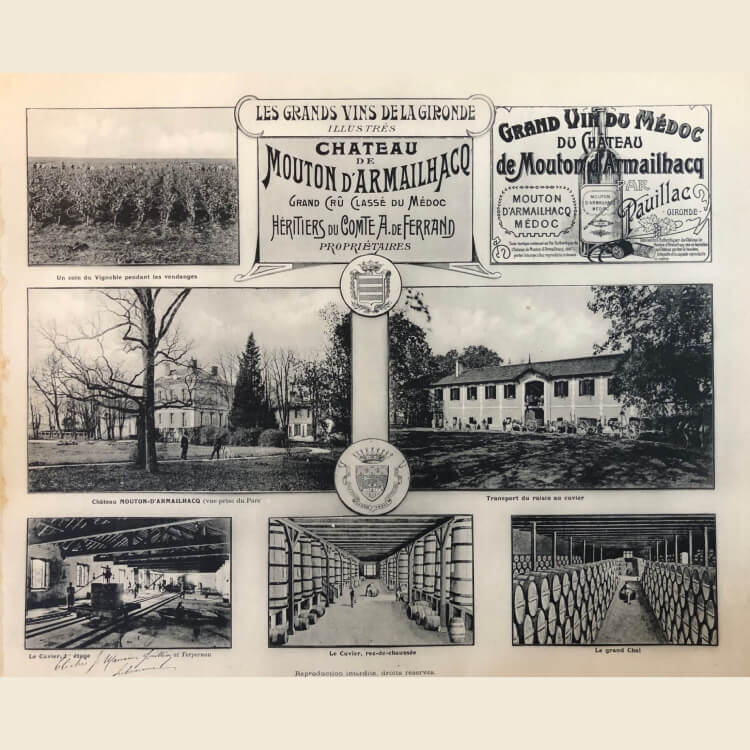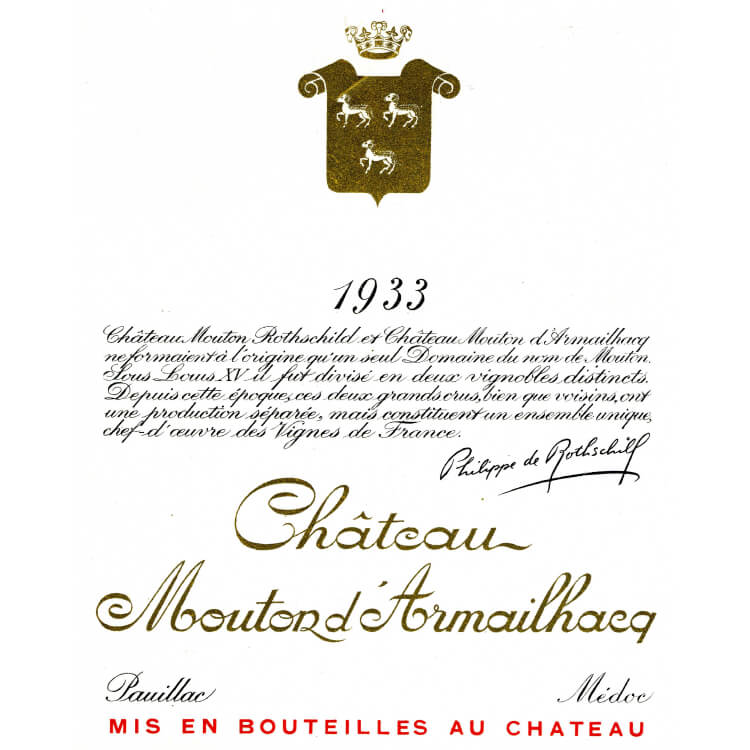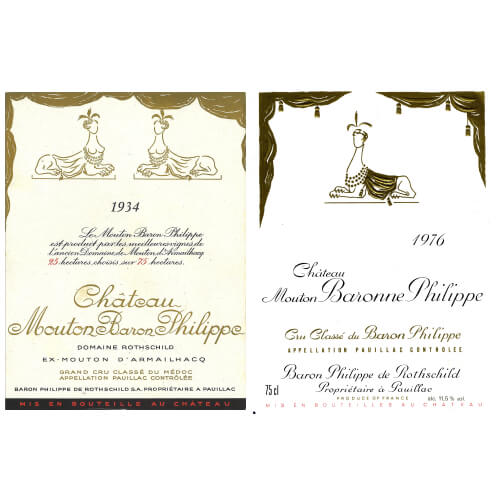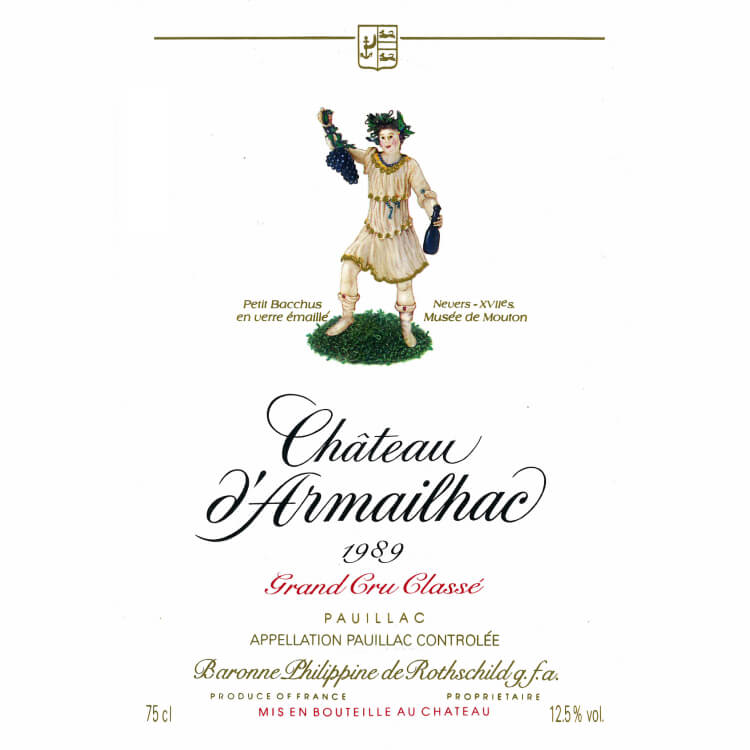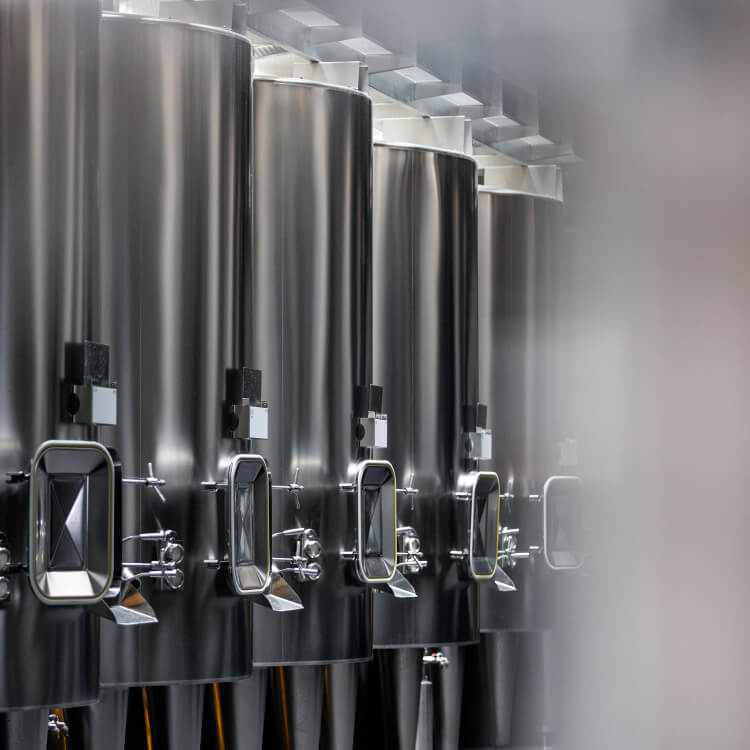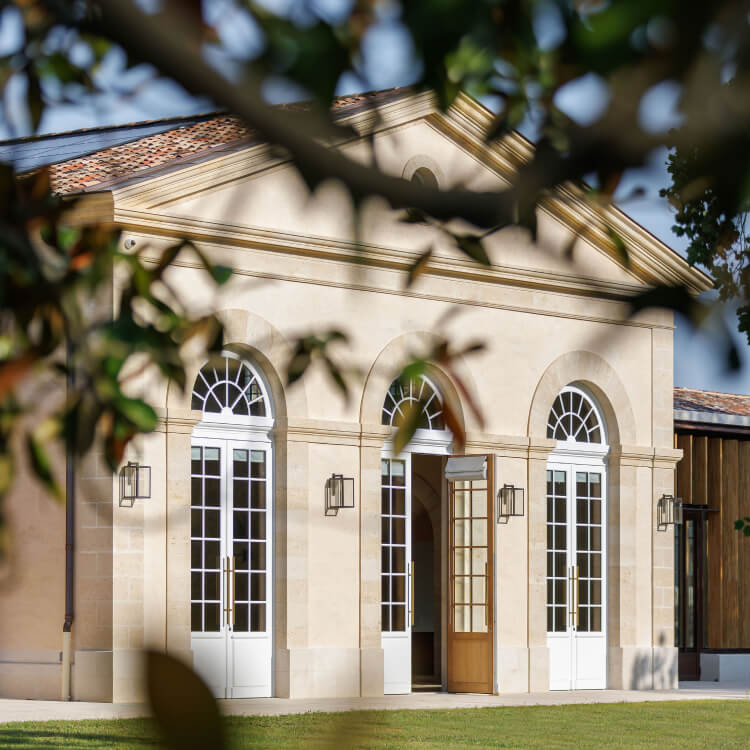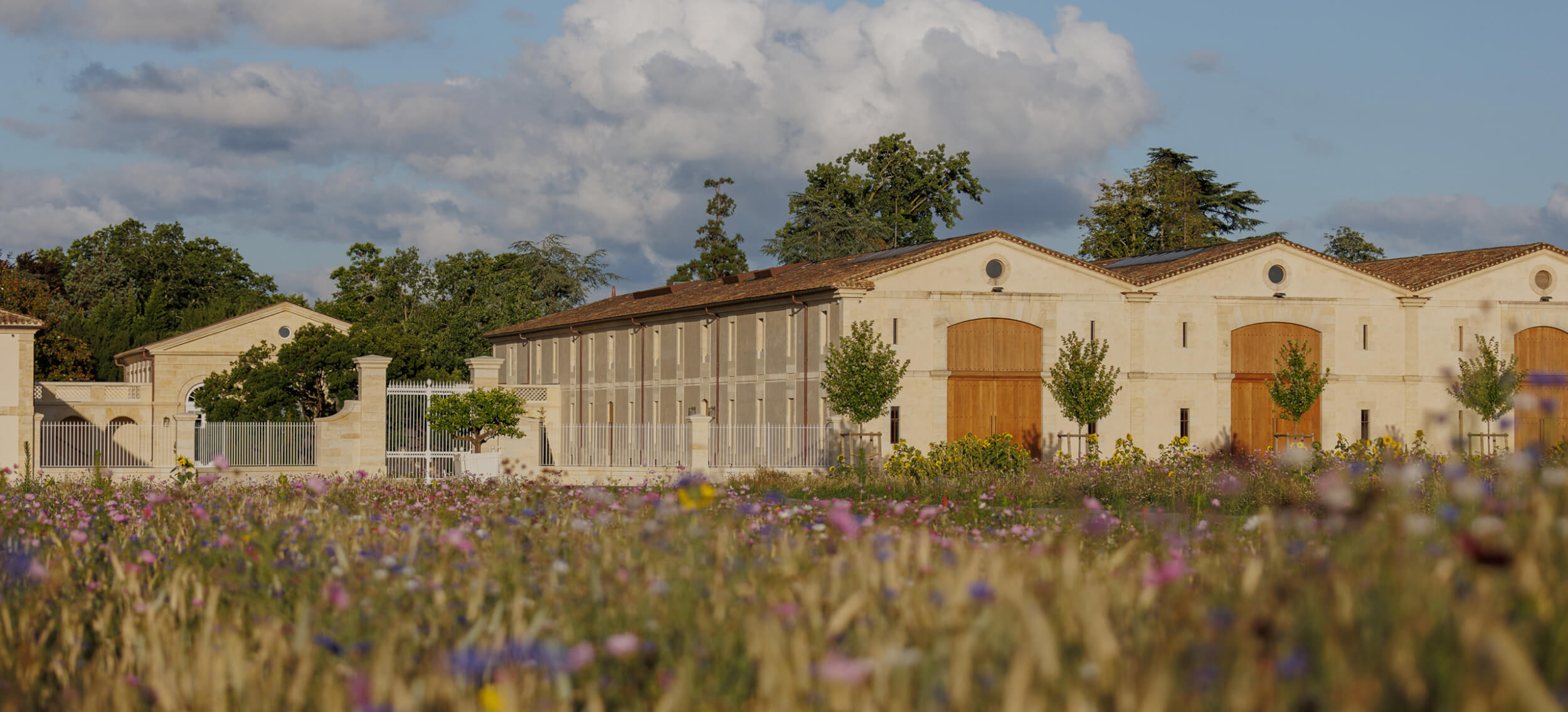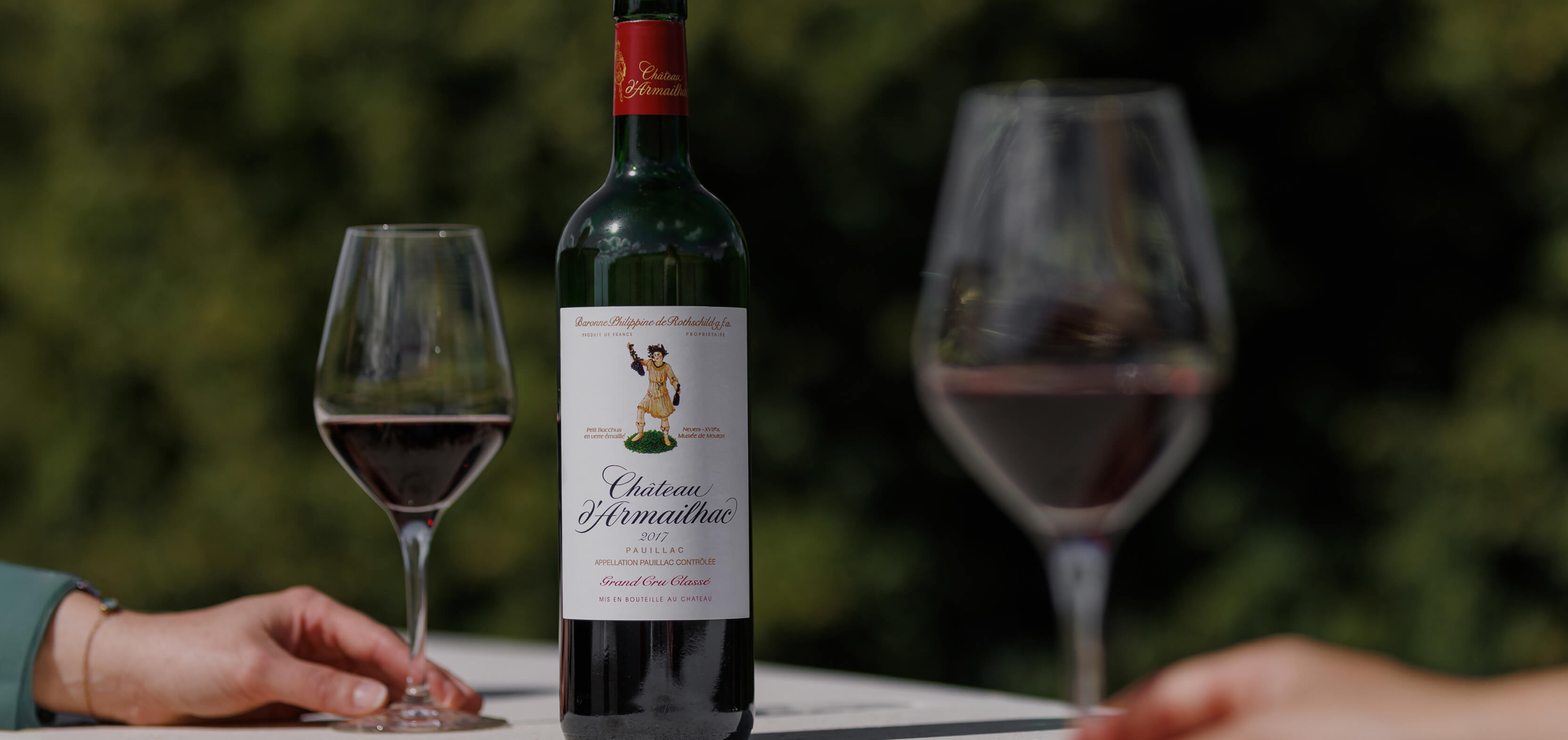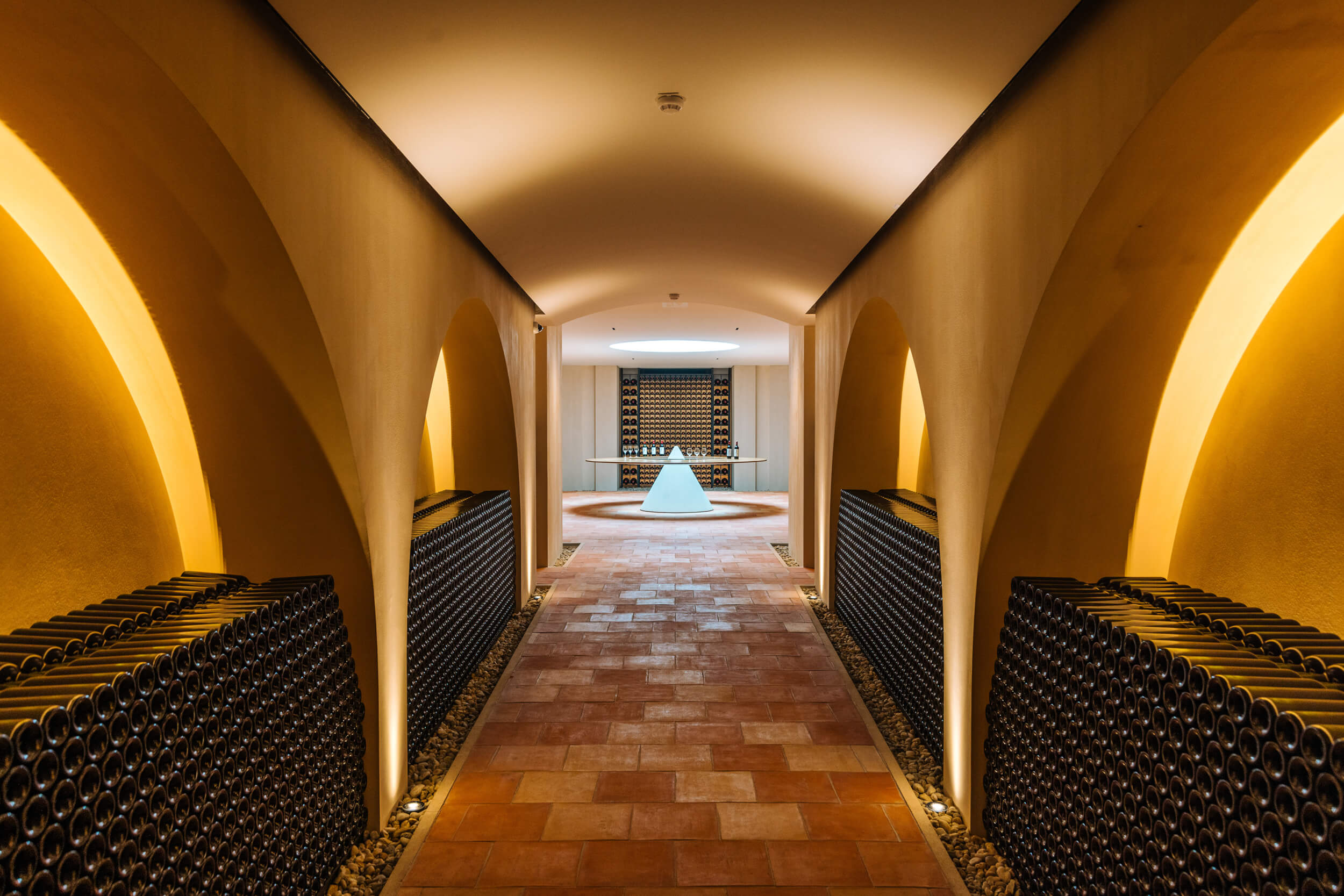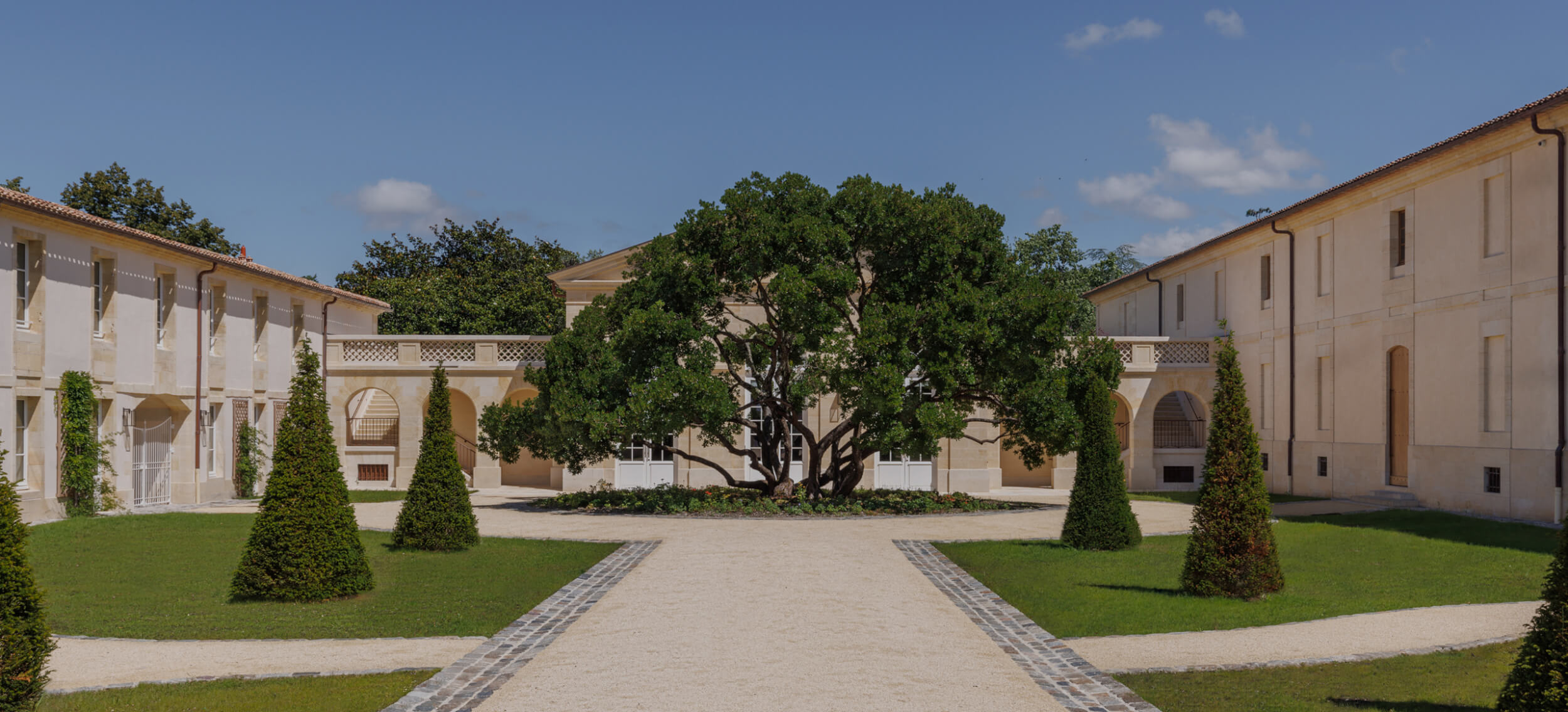
The history of Château d’Armailhac is bound up with that of great men of wine who share a pioneering mindset.
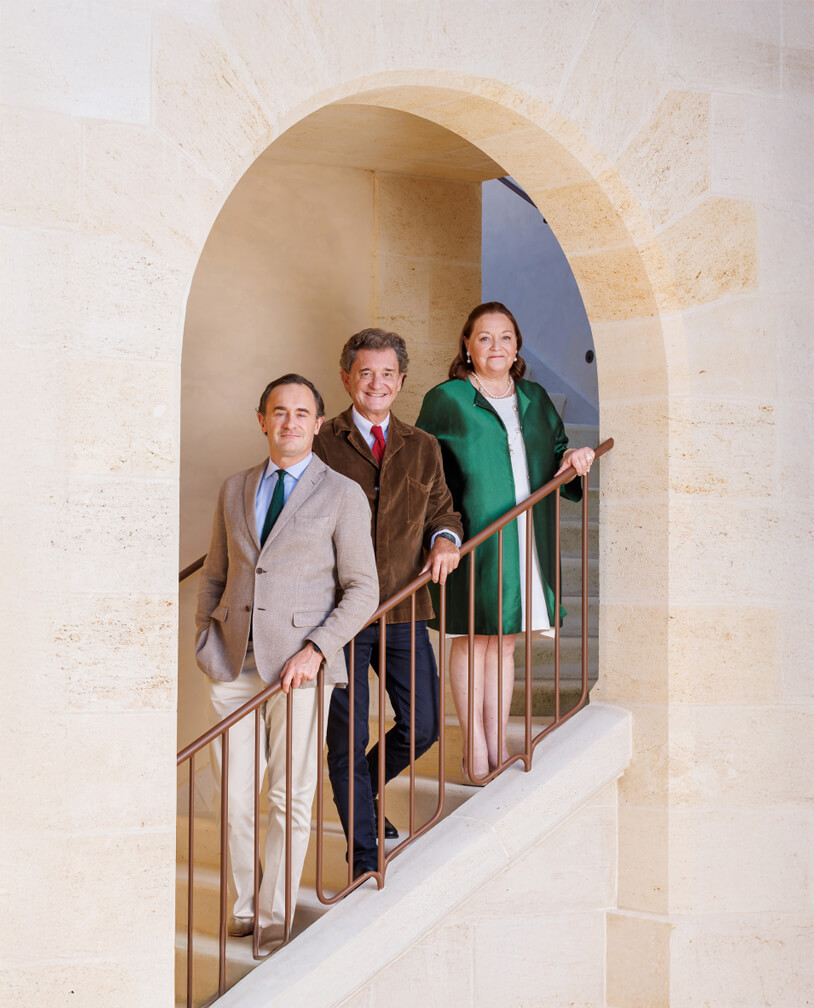
While looking resolutely towards the future, the estate has lost nothing of its authenticity and deep roots in Pauillac as it follows the path traced first by Baron Philippe, then by Baroness Philippine. Today, Camille and Philippe Sereys de Rothschild and Julien de Beaumarchais de Rothschild maintain the same exacting standards as their predecessors in their quest to make the finest wines from exceptional terroirs.
